I’m still on about last Tuesday, and about what a fine day it was to be taking photographs, and about what sort of photographs I took.
First there were those brightly coloured buildings, then the Tottenham Court Road grubbings, and now … the rest.
I confirmed that the weather was going to be just as fabulous as the weather forecasters had been saying for the best part of a week that it would be, from the moment I stepped out of my front door. Because, what I then felt was that very particular early spring experience, namely: feeling warmer than I did indoors. It comes from the bricks in my home being a heat store, or in the case of winter a cold store. To be more exact, the sun outside is hot and it warms up the air outside a treat, but it will take way longer for it to warm up those bricks, still busy sucking the heat out of my indoors.
So, I was in a fine mood from the start, and duly ticked off my official objective (plus second semi-official objective close by), so that the other half of the fun might begin. For me, the point is to get out there, preferably to places I have not visited lately, on a fine day, and to make sure I set forth with appropriate resolve and soon enough for it still to be light, I need an official objective. Those coloured buildings served that purpose very well. But then, there followed the unofficial pleasure, so to speak, of just meandering about and noticing things.
If you only click on one photo of those below, click on the first one, top left. That scene was actually quite a long way away, but thanks to the brightness of the sunshine and the power of my zoom lens, it looks like I’m right next to it.
Otherwise, there are my usual preoccupations. There is scaffolding, the other scaffolding being on Blackfriars Bridge, middle middle, where they are still finishing the new station on the bridge, with its oddly fluctuating roof. There are cranes, the same cranes each time, I suspect, on the top of a new erection arising somewhere on the other side of the river, between Waterloo and Tate Modern. And there is a particularly choice reflection effect, this time (I am almost certain) Tower 42 (the NatWest Tower that was) torched by the evening sun and reflected in the glass at the top of Tate Modern. There are bridges, no less then three in the picture bottom left, and five different bridges if you also count the ghostly columns of the Blackfriars Bridge that never was, next to Actual Blackfriars Bridge. And seven if you count the three views of the Millennium Footbridge as three different bridges. There is the Wheel, twice. And photographers of course, thrice.
I sought out the river because, as the light began to fade, by the river there would still be a huge (completely cloudless) sky full of the stuff to sustain me, in contrast to the streets north of the river where the light struggles to reach ground level.

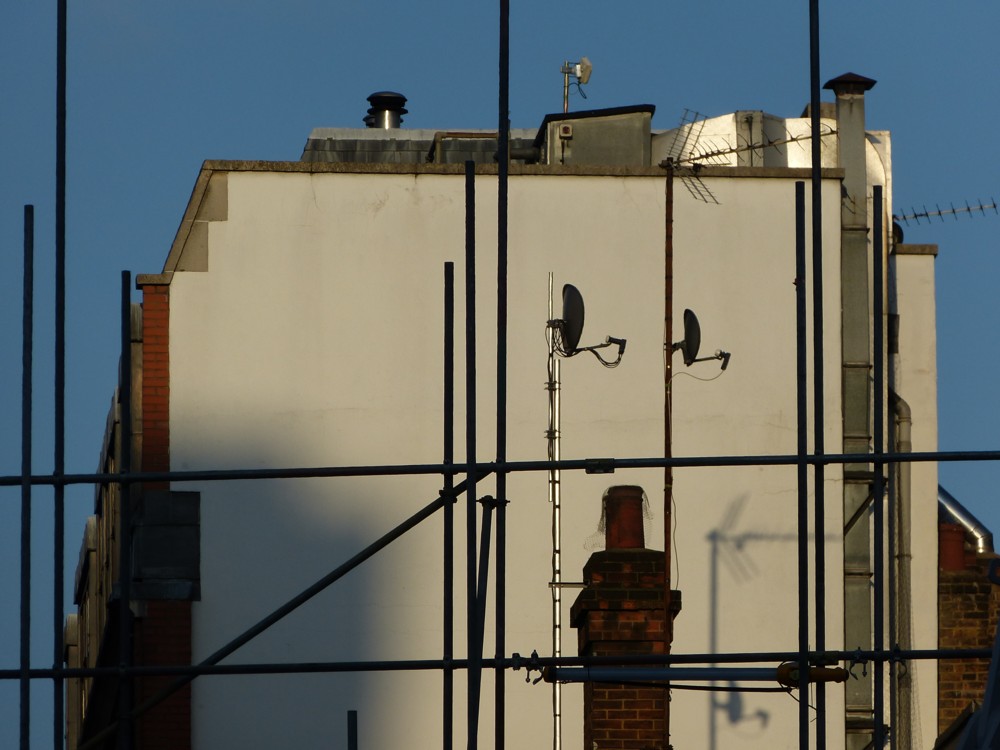
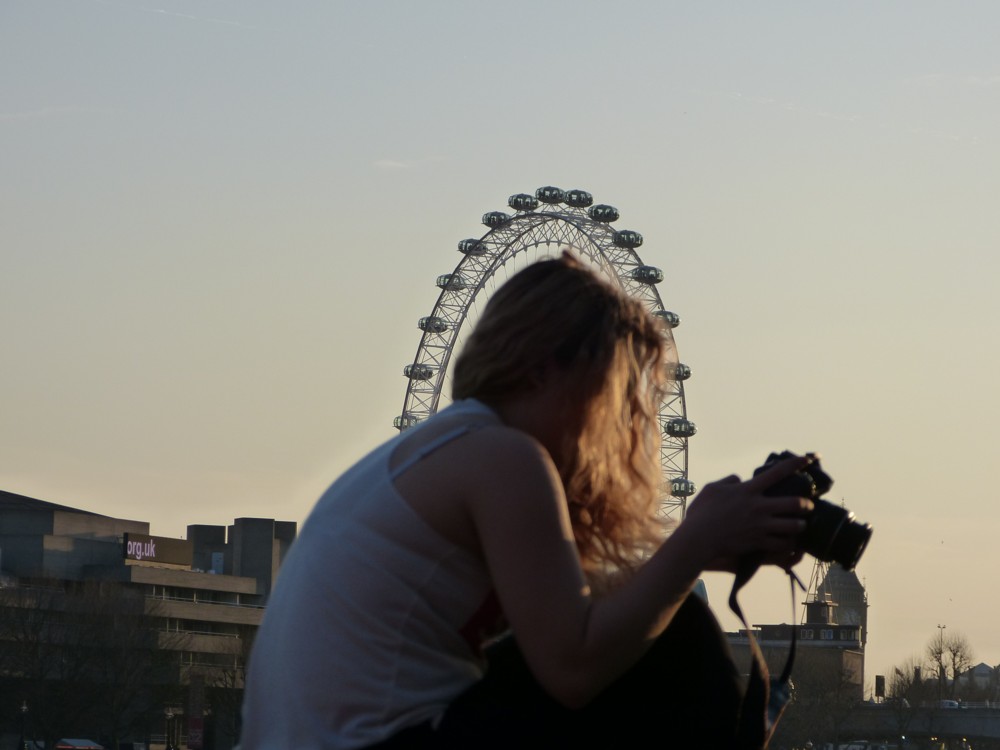
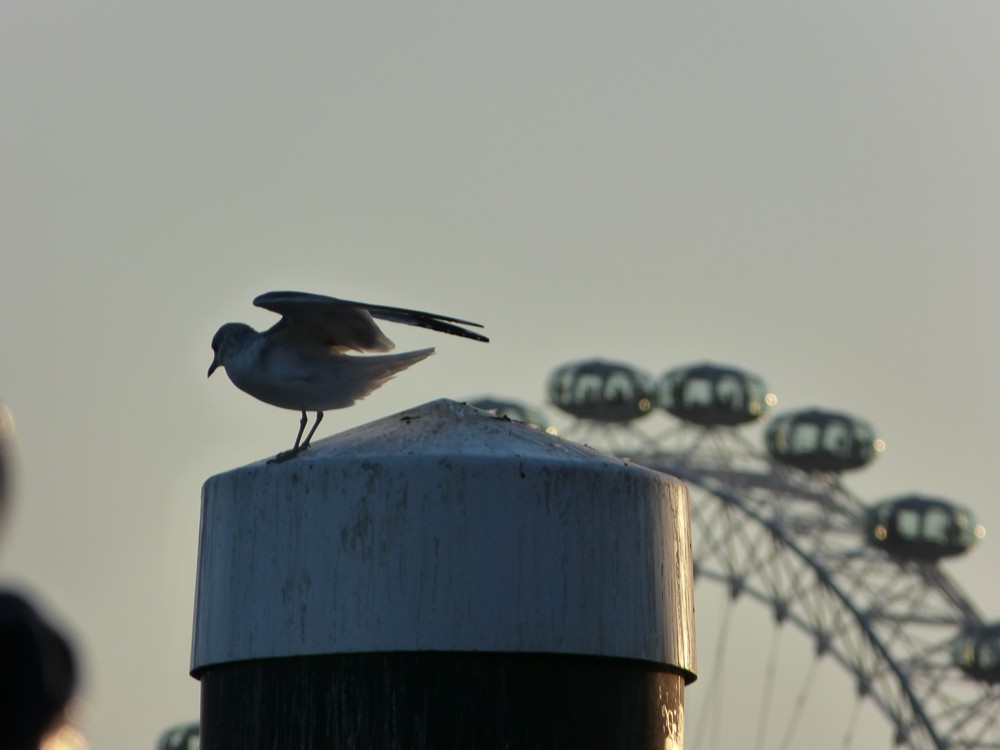
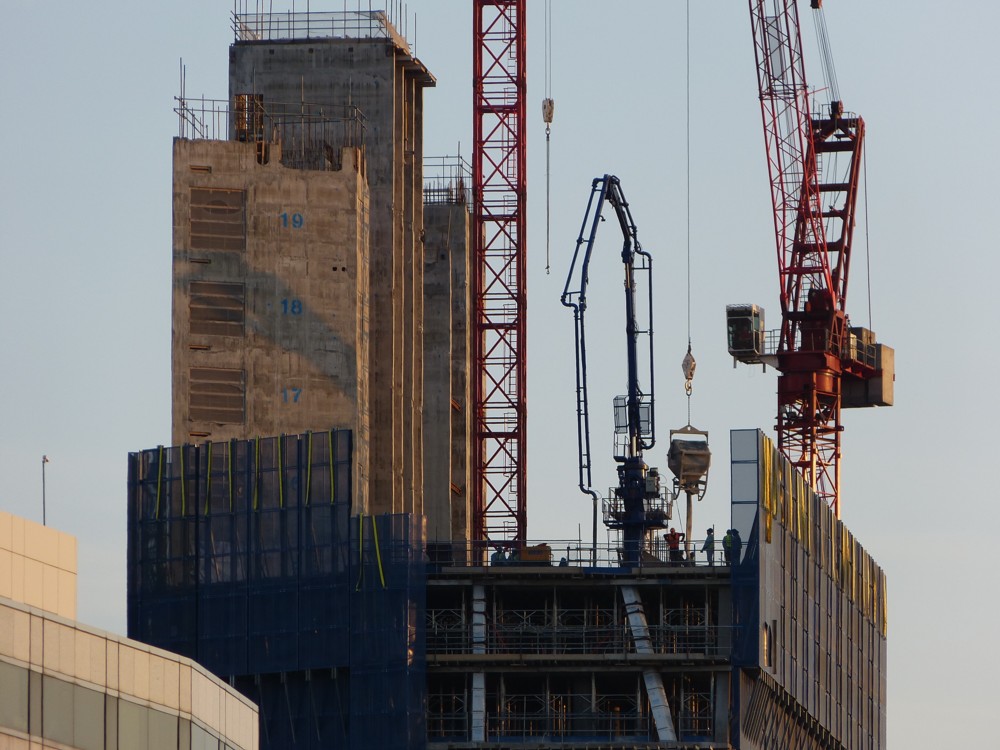
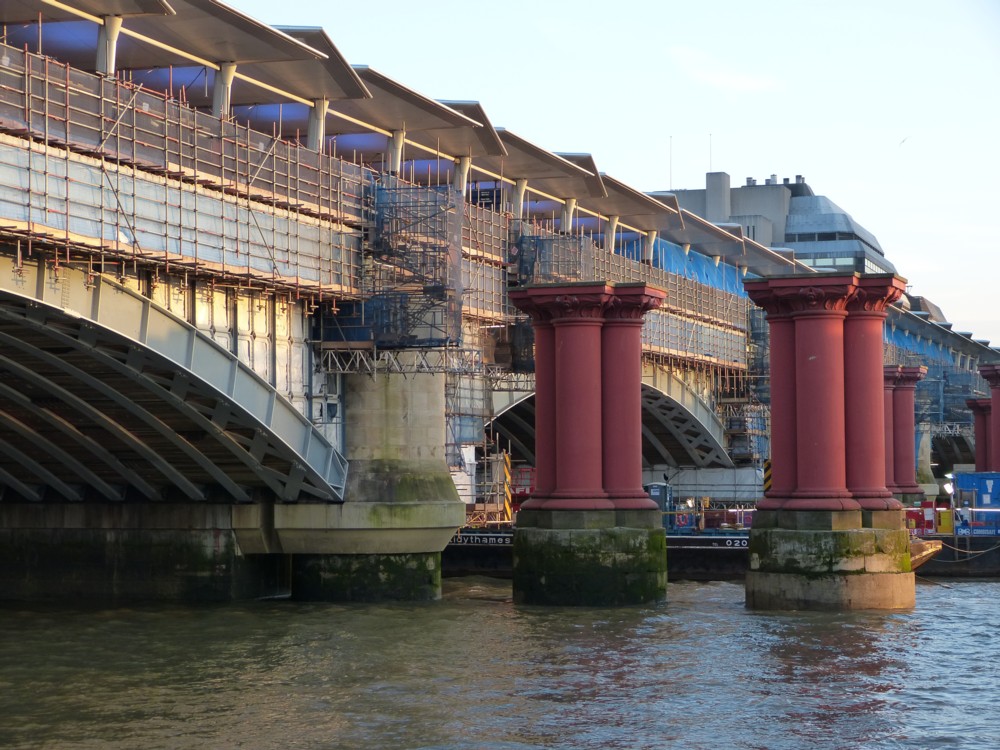
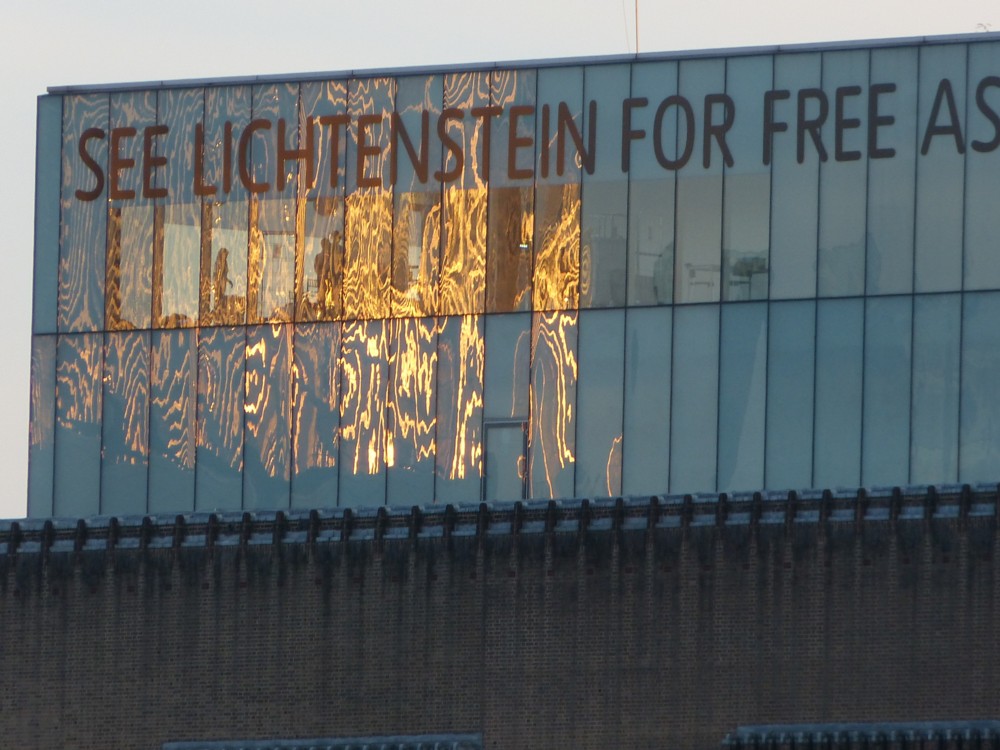
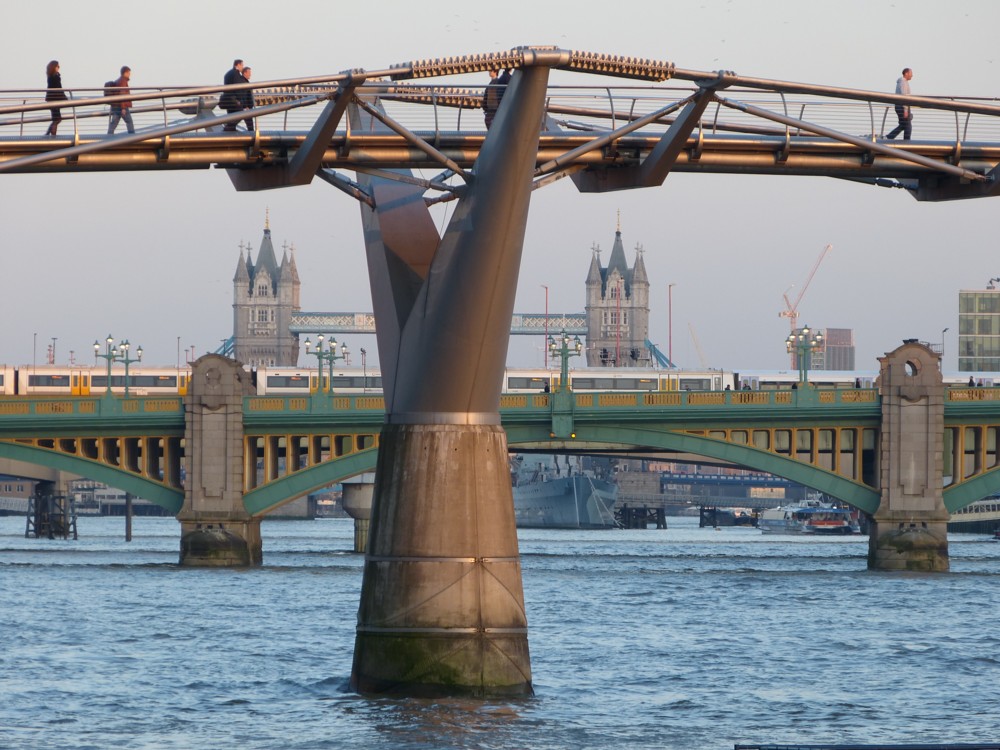
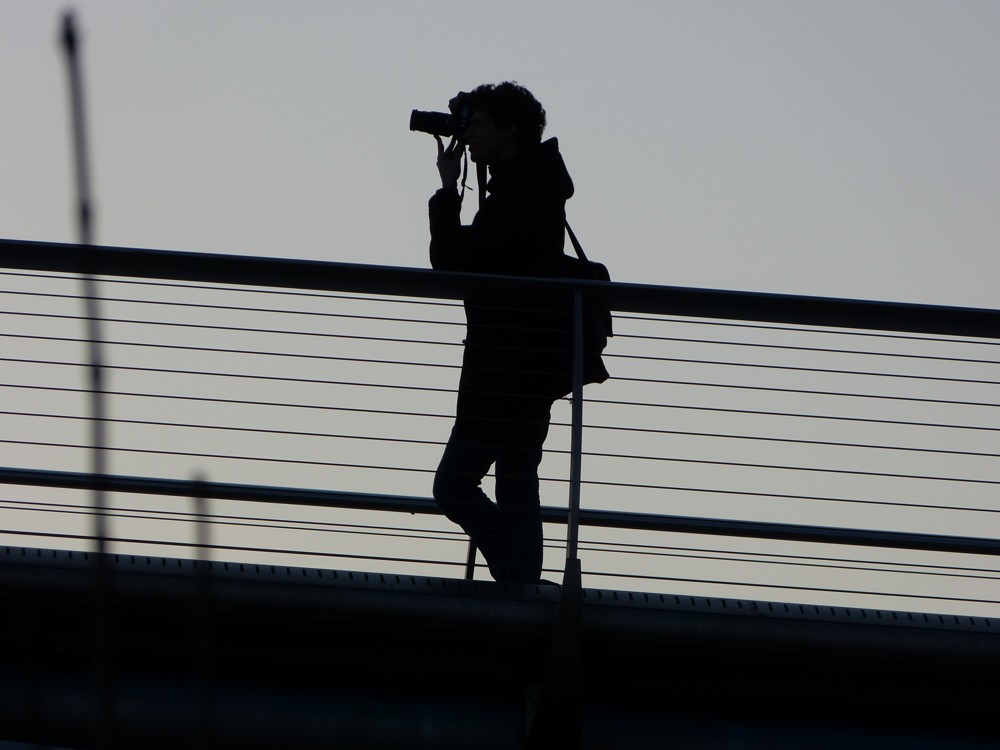
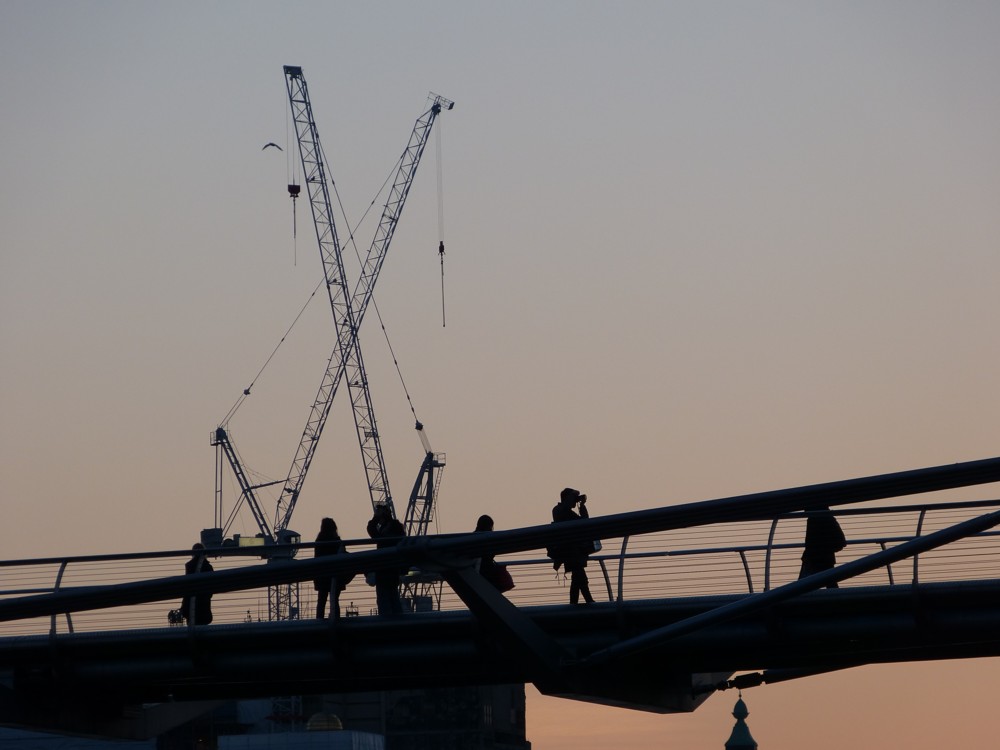
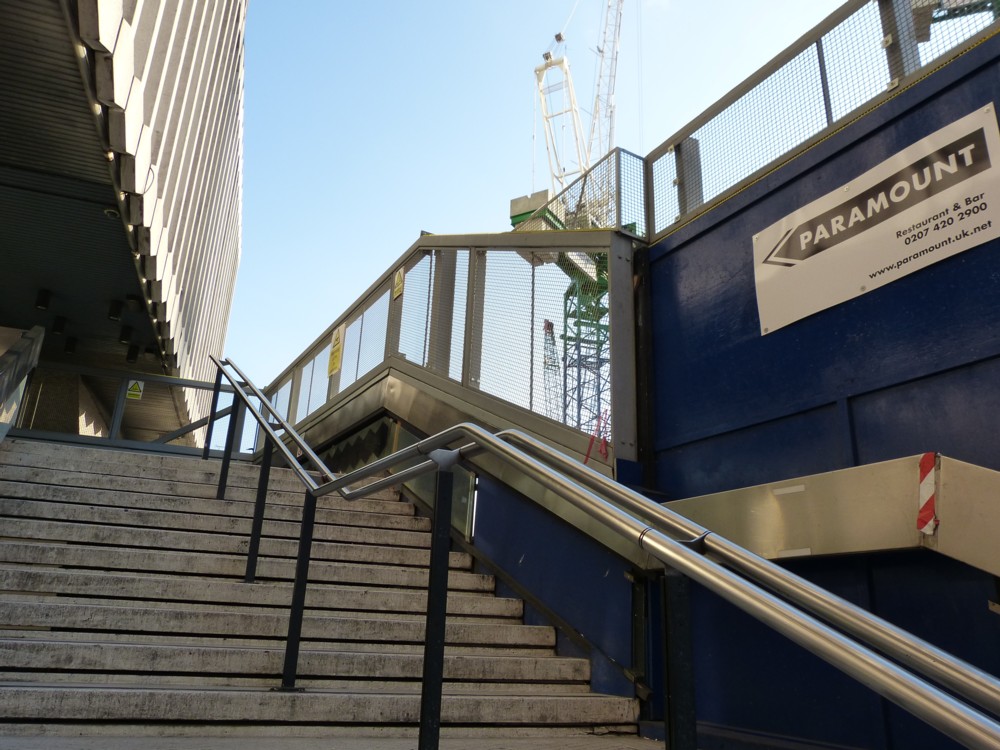
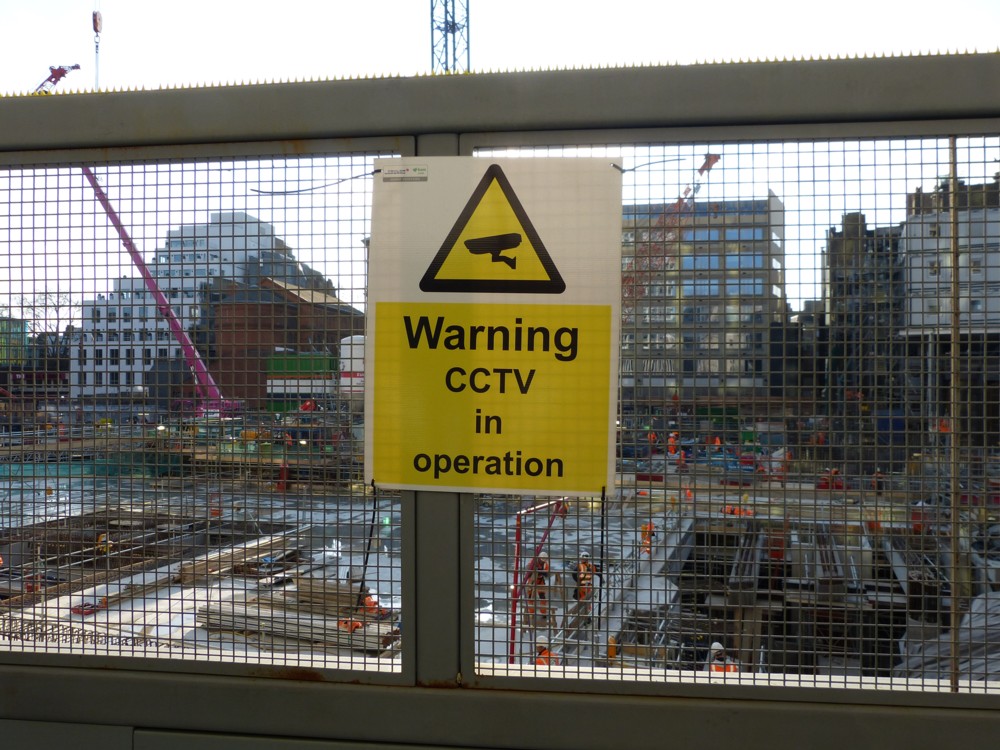
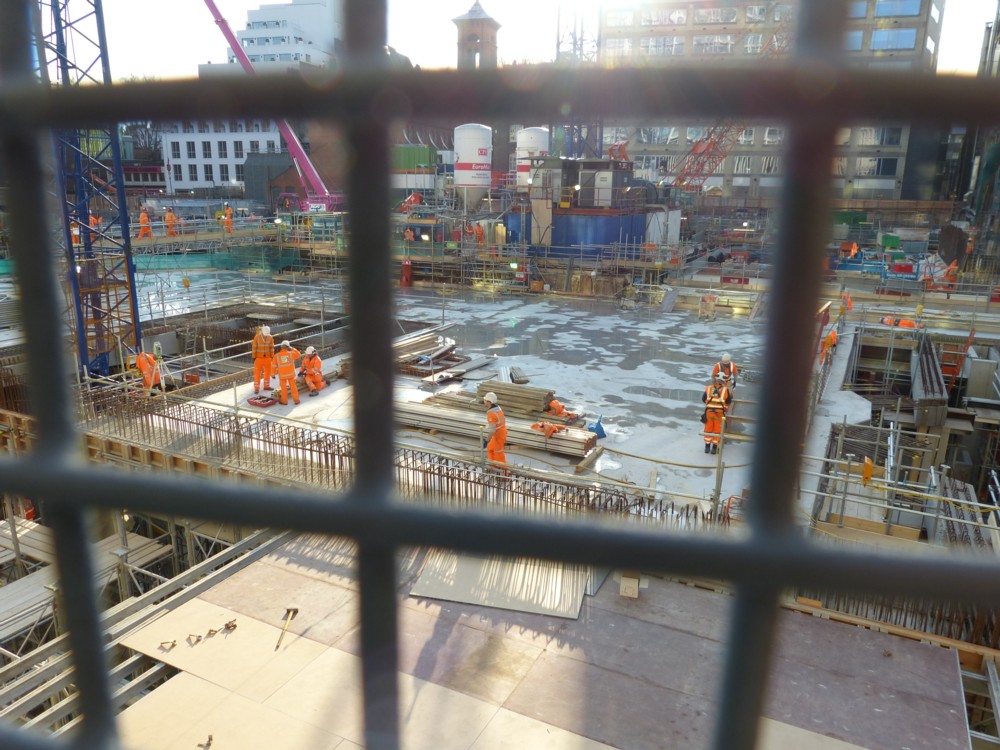
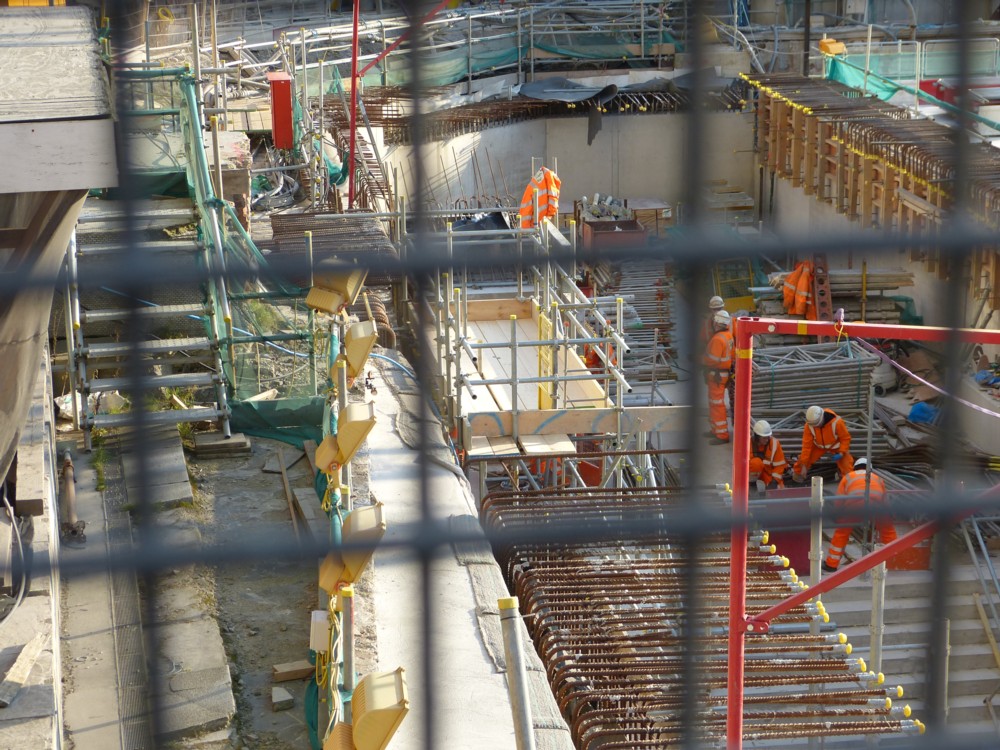
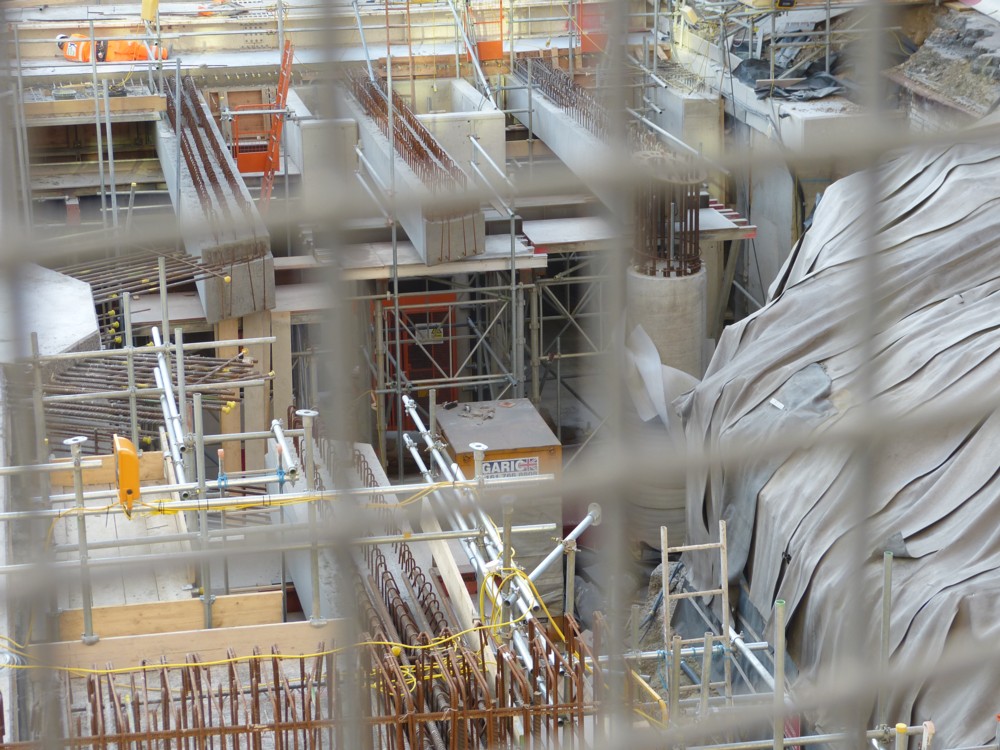
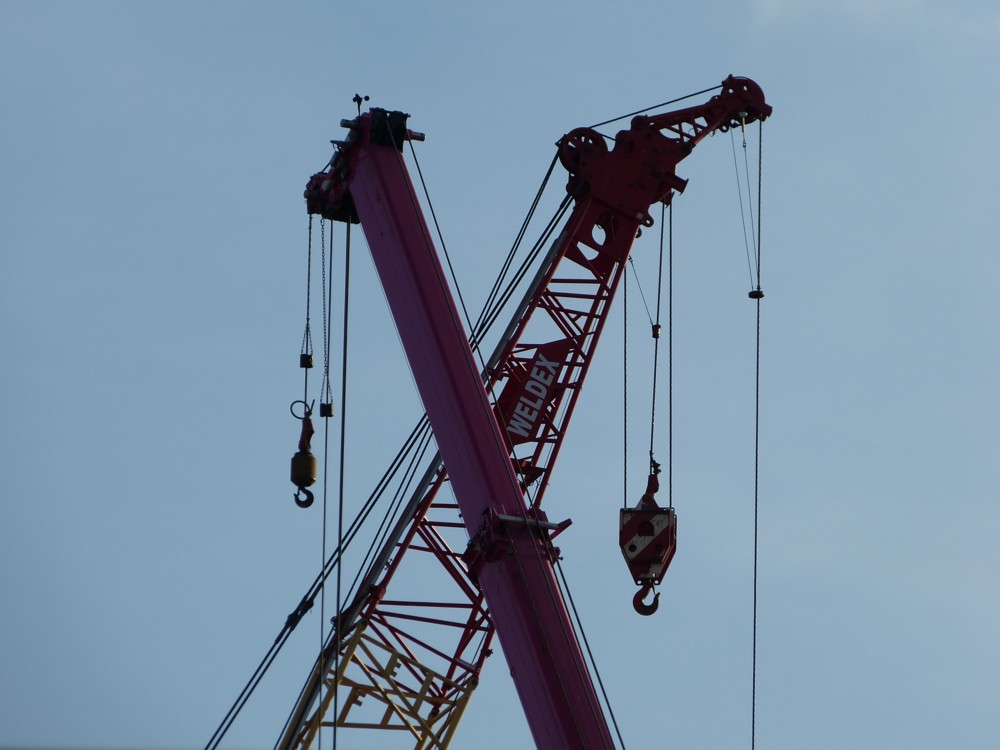
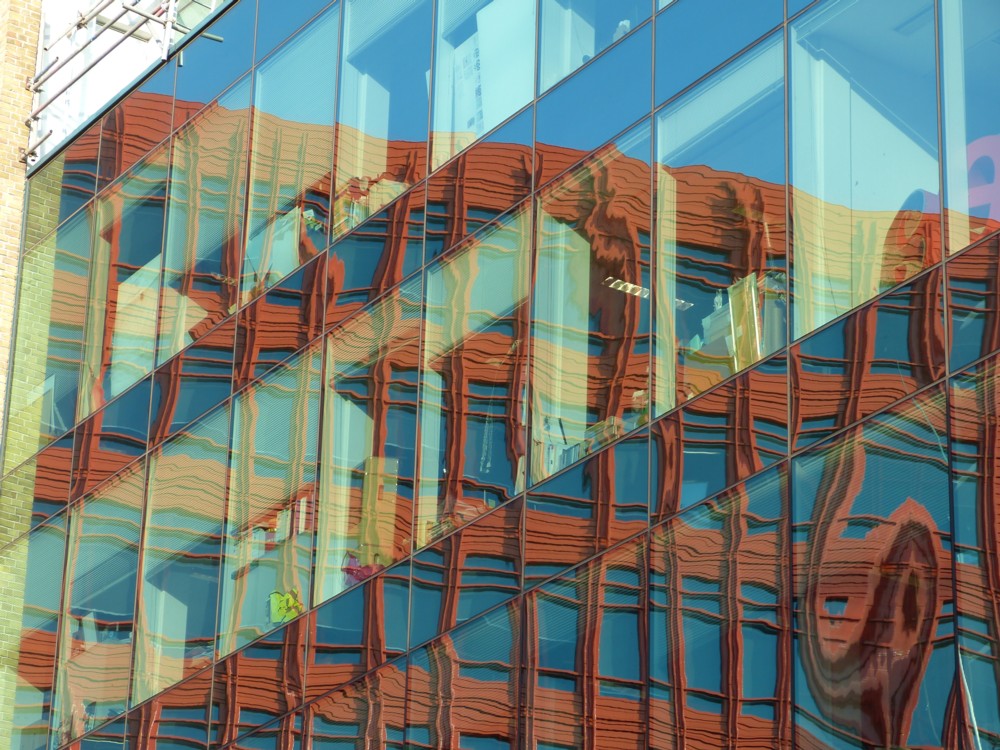
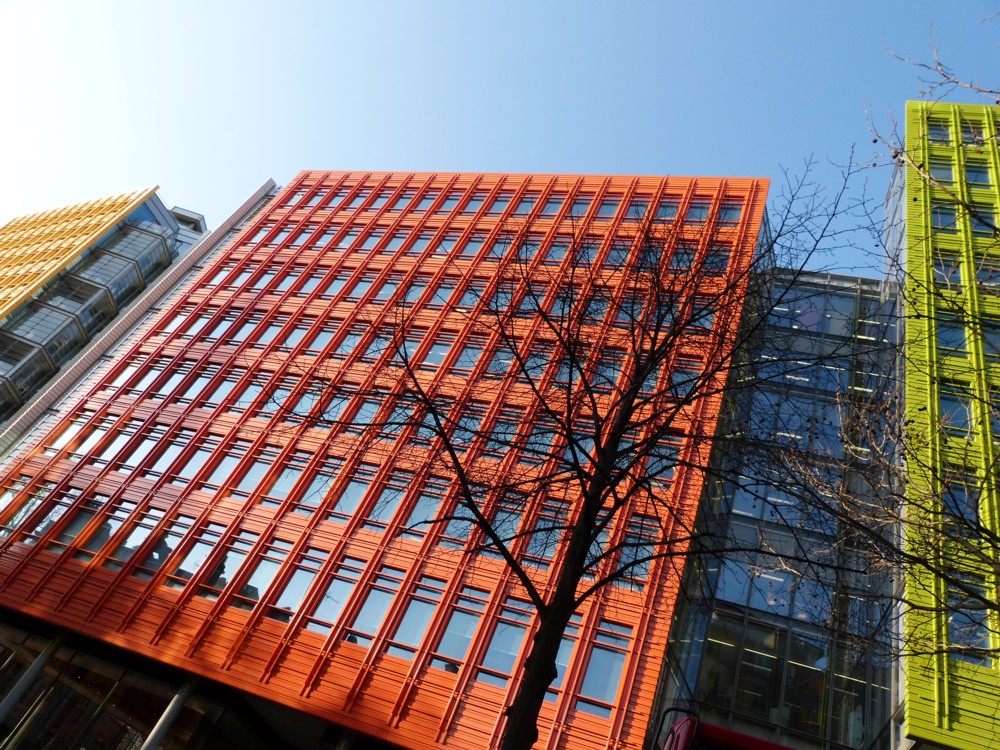
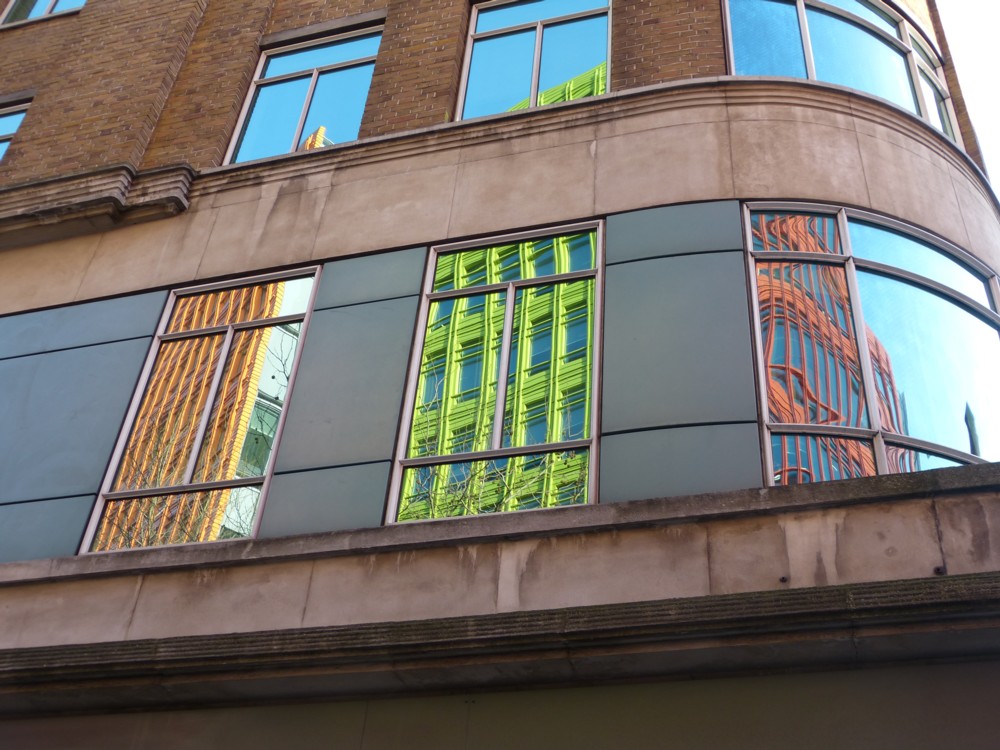
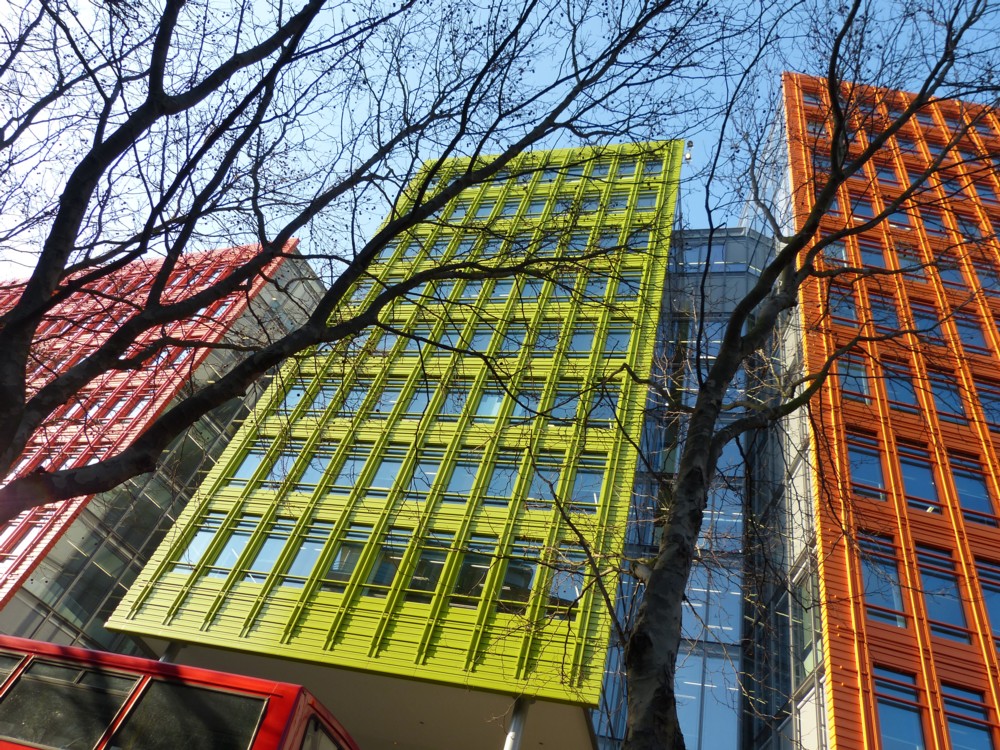
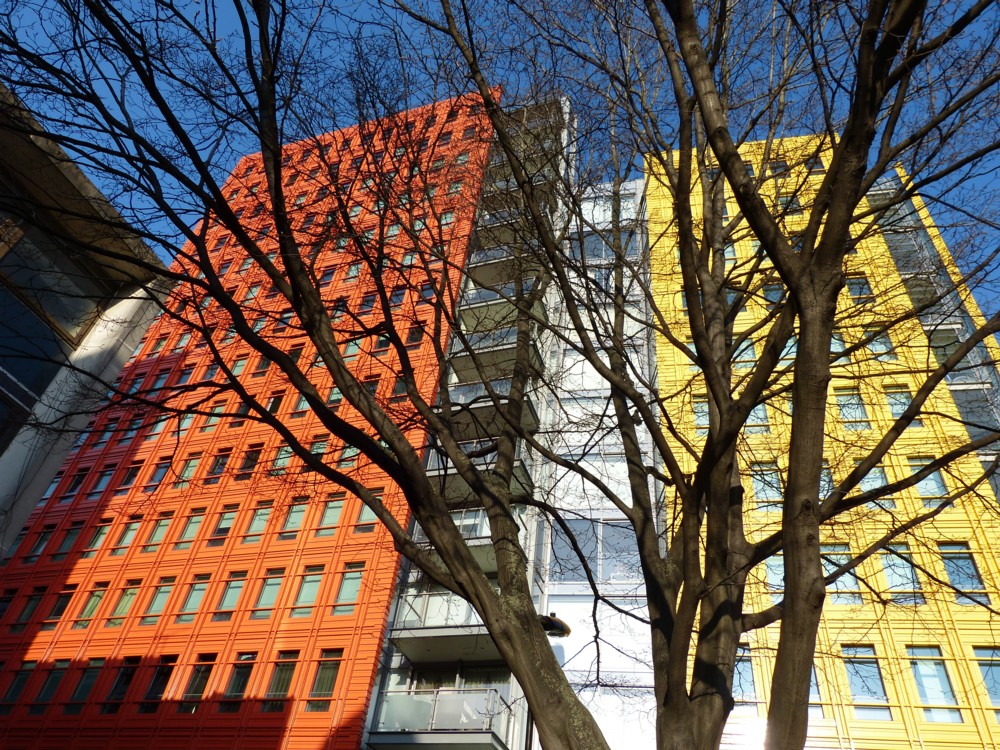
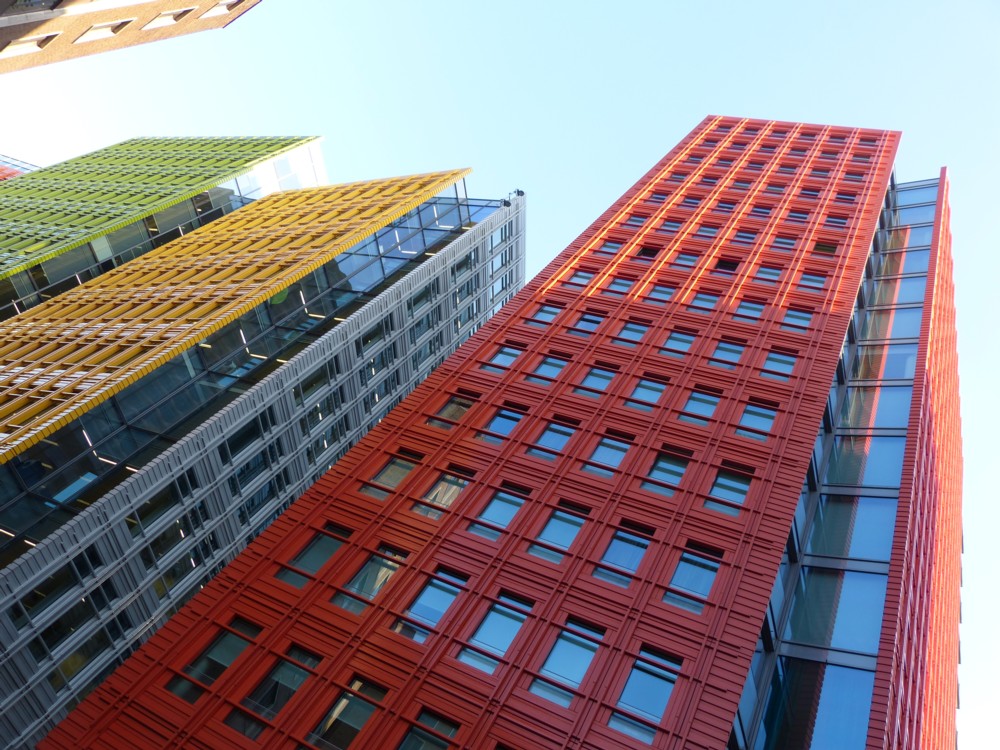
 One of the about seventy seven signs of aging is definitely being more sensitive to the weather, and in particular the cold. I remember feeling this way as a small child, when first compelled to travel every morning to school. Now, I feel it again. I actually “caught a chill” earlier this week, and had to take to my bed for a whole day.
One of the about seventy seven signs of aging is definitely being more sensitive to the weather, and in particular the cold. I remember feeling this way as a small child, when first compelled to travel every morning to school. Now, I feel it again. I actually “caught a chill” earlier this week, and had to take to my bed for a whole day.